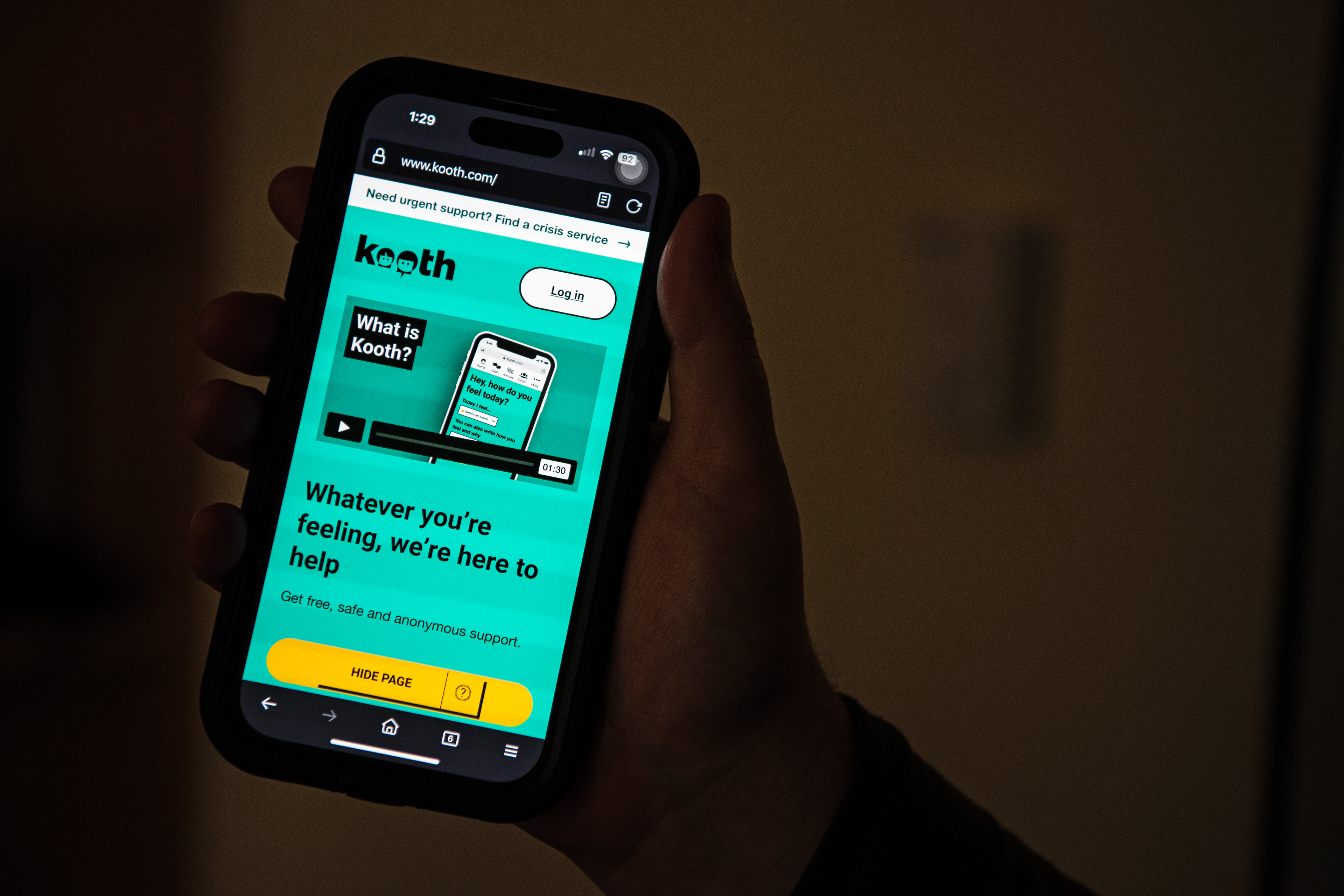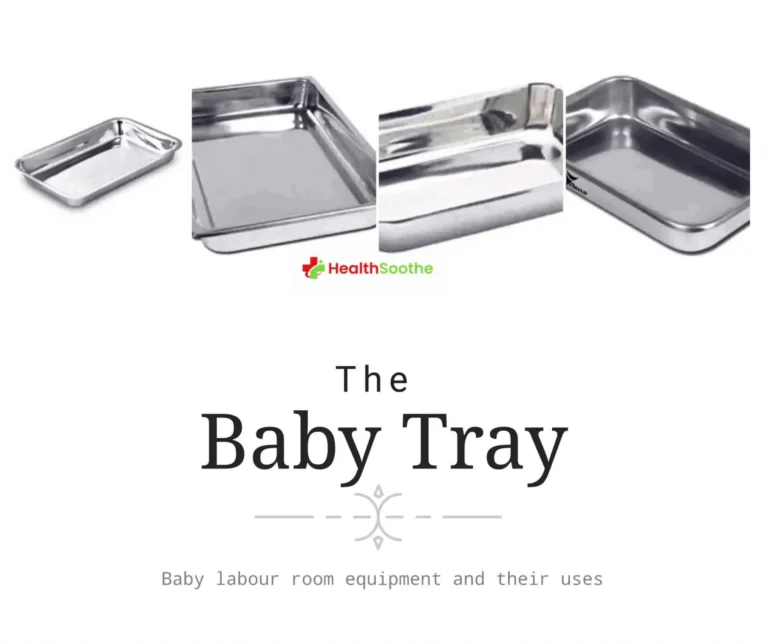Without proper treatment, pain and stiffness from knee arthritis can get worse with time and keep you from doing what you love. But when you think of knee arthritis treatment, you might think of knee replacement surgery.
While many people can benefit from a joint replacement, surgery isn’t the first or only treatment that can help you manage the symptoms that come with knee arthritis. In fact, there are several nonsurgical treatments that can help you feel more comfortable and move with confidence.
From a low-impact exercise plan to joint injections, there are several options that can help you manage knee arthritis symptoms without surgery. Keep reading to learn about six nonsurgical knee arthritis treatments that can help you feel better, and we’ll help you know when to talk with a doctor about your knee arthritis.
1. Nonsteroidal anti-inflammatory drugs (NSAIDs) can offer short-term pain relief
If knee pain from arthritis is making it difficult for you to move through your day or do activities you love, NSAIDs can provide relief. While they’re not a long-term solution, medicines like ibuprofen, naproxen and aspirin can reduce inflammation and help you feel more comfortable for several hours at a time. If you choose to take NSAIDs, make sure to follow the instructions on the package.
2. Maintain a healthy weight by focusing on a whole food, plant-forward diet
Extra weight can put extra pressure on the knees, potentially worsening knee pain and stiffness caused by arthritis. Working to maintain a healthy weight can help reduce knee arthritis symptoms and improve your overall well-being.
Eating a whole food, plant-forward diet can help you lose weight while ensuring you get the nutrition you need. If you need help losing weight or keeping it off, speak to a doctor about medical weight management options.
3. Low-impact exercises can strengthen the leg and improve mobility
Strengthening the muscles that support the knee (quadriceps and hamstrings) can take pressure off the joint and improve mobility. There are many types of low-impact exercises you can do to build strength without hurting your knees, including cycling, swimming, yoga and walking. Reach out to your doctor or physical therapist if you have any questions about exercising with knee arthritis or if you want help building an exercise program.
4. Heat and cold therapy can help manage knee arthritis symptoms
Heat and cold therapy can help reduce the pain and improve stiffness that comes with knee arthritis. Both heat and cold can help with symptoms, and you should use whichever gives you more relief.
- Heat can help relax muscles, boost circulation and increase flexibility. Try using a heat pack or soaking in warm water for 15-20 minutes.
- Cold can improve swelling and reduce pain. Try using an ice pack wrapped in a towel for 15-20 minutes.
Heat and cold therapy can be used alongside other treatments. Try adding it before and after your exercise routine to reduce knee pain.
5. Physical therapy is an effective arthritis treatment
Physical therapy is proven to be an effective knee arthritis treatment. It uses hands-on care, specialized exercises and education to improve the function of your body.
Physical therapists create a personalized exercise plan to target the affected area. With knee arthritis, a physical therapist will use exercises and stretches to build strength and flexibility in your legs. They can also show you how to modify regular activities so you can move comfortably and protect your knees.
6. Injections can help treat knee arthritis
Injectable treatments like steroids and artificial joint fluid (hyaluronic acid) can reduce pain and stiffness caused by arthritis in the knee. Shots are usually administered directly into the knee joint.
Injections usually work for a few months and provide longer-lasting relief compared to NSAIDs or heat and cold therapy, but they don’t help permanently. In most cases, they work best when paired with physical therapy or other treatments.
Cortisone injections
Cortisone injections, sometimes called steroid injections, are often recommended to help manage painful inflammation and swelling in the knee caused by arthritis.
It’s important to note that this isn’t a permanent solution to knee arthritis. Too many cortisone shots can damage the joint cartilage. Your doctor will limit how many rounds of cortisone injections you receive.
Hyaluronic acid injections
Your knee joints are surrounded by fluid that keeps them lubricated and acts as a shock absorber. Hyaluronic acid can act as artificial joint fluid and help lubricate your knee, relieve pain and reduce stiffness to improve function.
Platelet-rich plasma (PRP)
Orthobiologics is a type of treatment that promotes healing by using substances that are naturally found in your body. One type of orthobiologics is platelet-rich plasma (PRP) injections, which have been shown to reduce inflammation and help manage arthritis.
PRP contains a high concentration of platelets (a type of cell found in blood) mixed with white blood cells. This treatment uses cells from your own blood and injects it into the damaged tissue in your joints to enhance your body’s healing.
When to see a doctor for knee arthritis
If symptoms of knee arthritis are making it difficult for you to get through the day, it may be time to speak with a doctor. At TRIA, our convenient locations across Minnesota make it simpler for you to get the orthopedic care you need. We’ll guide you to the nonsurgical treatment options that will work best for your unique needs.
When an injured joint interrupts your daily life, stay close to home and get treated by TRIA.


















 English (US) ·
English (US) ·